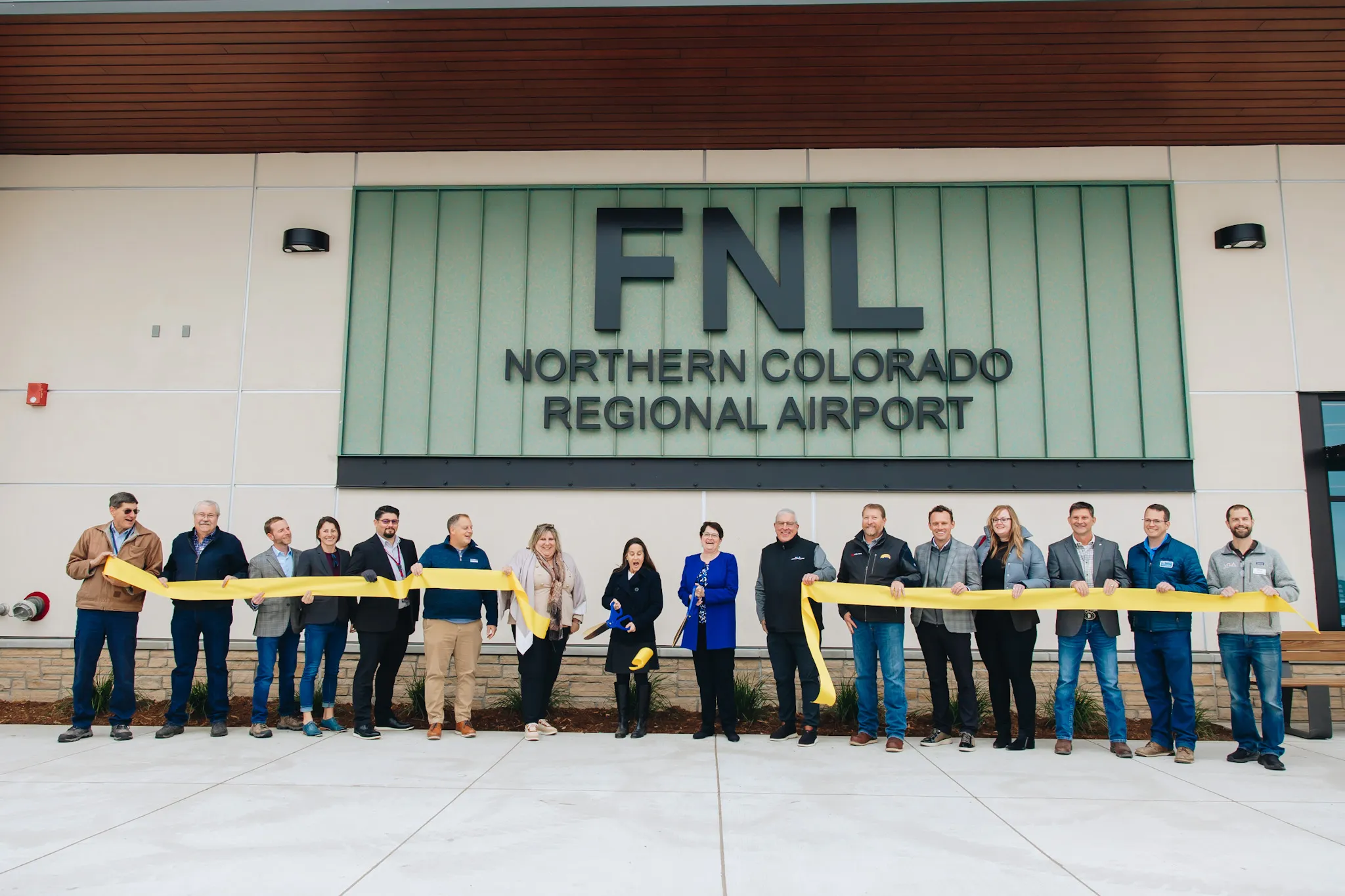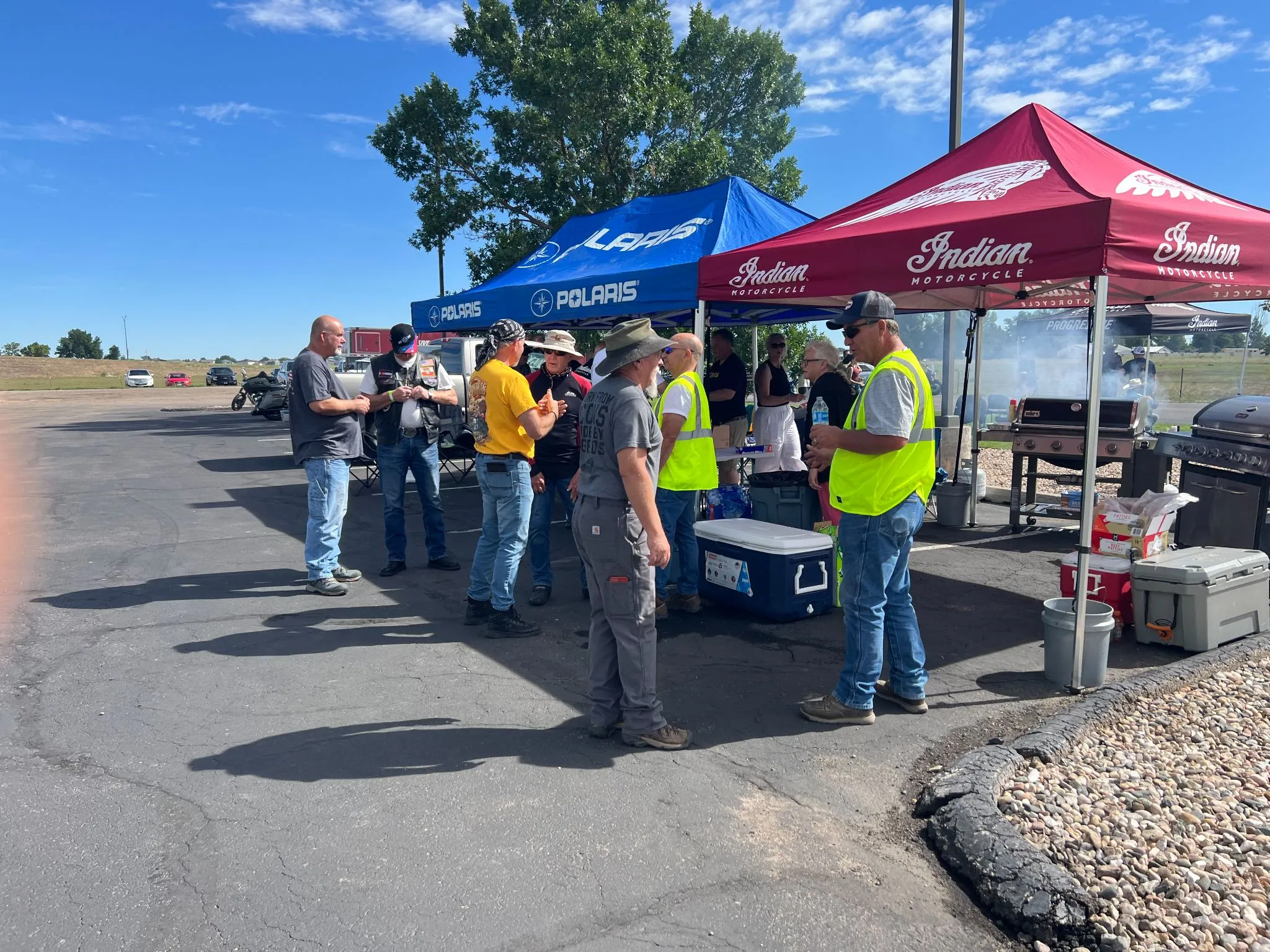Fort Collins council warily OKs $1M for airport terminal

FORT COLLINS — Northern Colorado Regional Airport on Tuesday got the final $1 million dose of money it needed to begin construction on a new, scaled-down terminal, but the Fort Collins City Council’s 5-2 second-reading approval came after plenty of scolding.
“I’m holding my nose” to support the outlay, said council member Shirley Peel. “I won’t support any money after this.” Mayor Jeni Arndt, who also sits on the airport commission, said she too “would balk at anything else.”
The council had voted to approve the contribution on first reading Feb. 21, with council member Kelly Ohlson the lone “no” vote, noting…
THIS ARTICLE IS FOR SUBSCRIBERS ONLY
Continue reading for less than $3 per week!
Get a month of award-winning local business news, trends and insights
Access award-winning content today!





